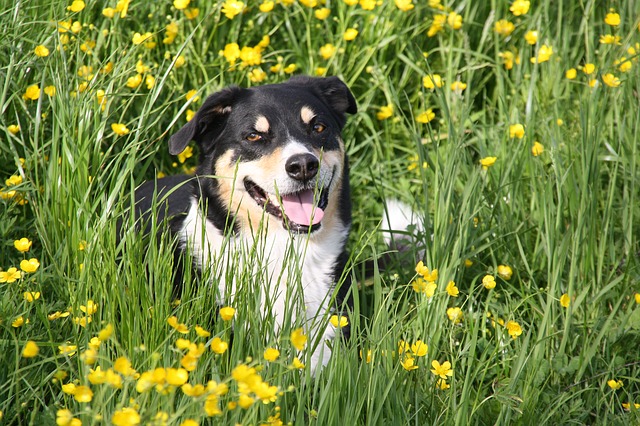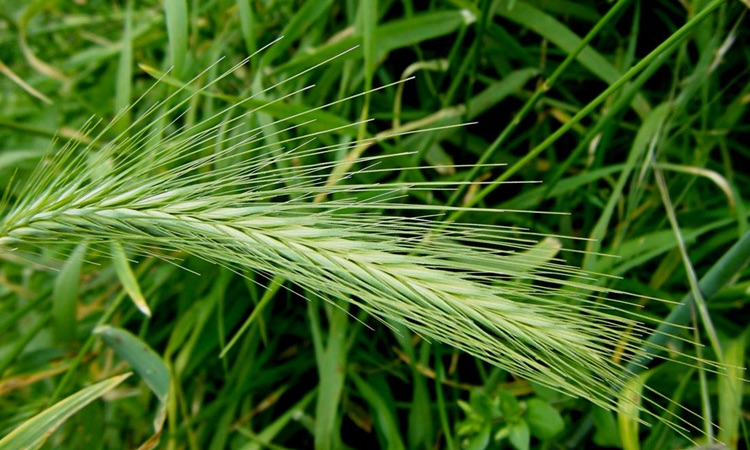At this time of year, long grass can cause all sorts of problems for pets, especially dogs, but cats too – and it’s not just down to insects and parasites, such as fleas and ticks.

Grass Darts (Seeds)
Grass dart seeds can be a real problem too – especially this year, when everything is so dry.
Grass darts, from certain kinds of grasses, are hard, pointed seed heads. They first attach to the animal’s fur, using minuscule barbs – and can then work their way into the skin, or into the nose, ears and eyes, for example, causing discomfort and potentially worse – including infections.
In the most serious cases, surgery can be required to remove them.
Signs to watch out for
- Licking feet
- Pain
- Discomfort walking
Do check your dog over carefully after walks. Areas to focus on include
- Between the toes and pads
- Mouth and eyes
- In Ears
- Armpits
- Groin
In the summer and early autumn, it’s best to keep dogs out of fields that have a lot of grass darts, especially when they are very dry.
Cats are at risk from grass dart seeds too, but they are usually so good at grooming themselves, that they have a better chance of getting rid of the seeds from their coats.

This is wall barley, one of the grasses with dart seeds which are a common problem for dogs
Grass Blades – Cats
Blades of grass can be a risk too – especially for cats who eat grass.
These can get into the nose and mouth and may even get stuck in the back of the throat.
Signs to watch out for
- Reverse sneezing is the main one
- Cats can even jump backwards with the force!
Please do call us on 01435 864422 if you need advice, or your pet may be suffering from problems due to grass seeds or blades.
Heathfield Vets – Quality Care With A Friendly Face

